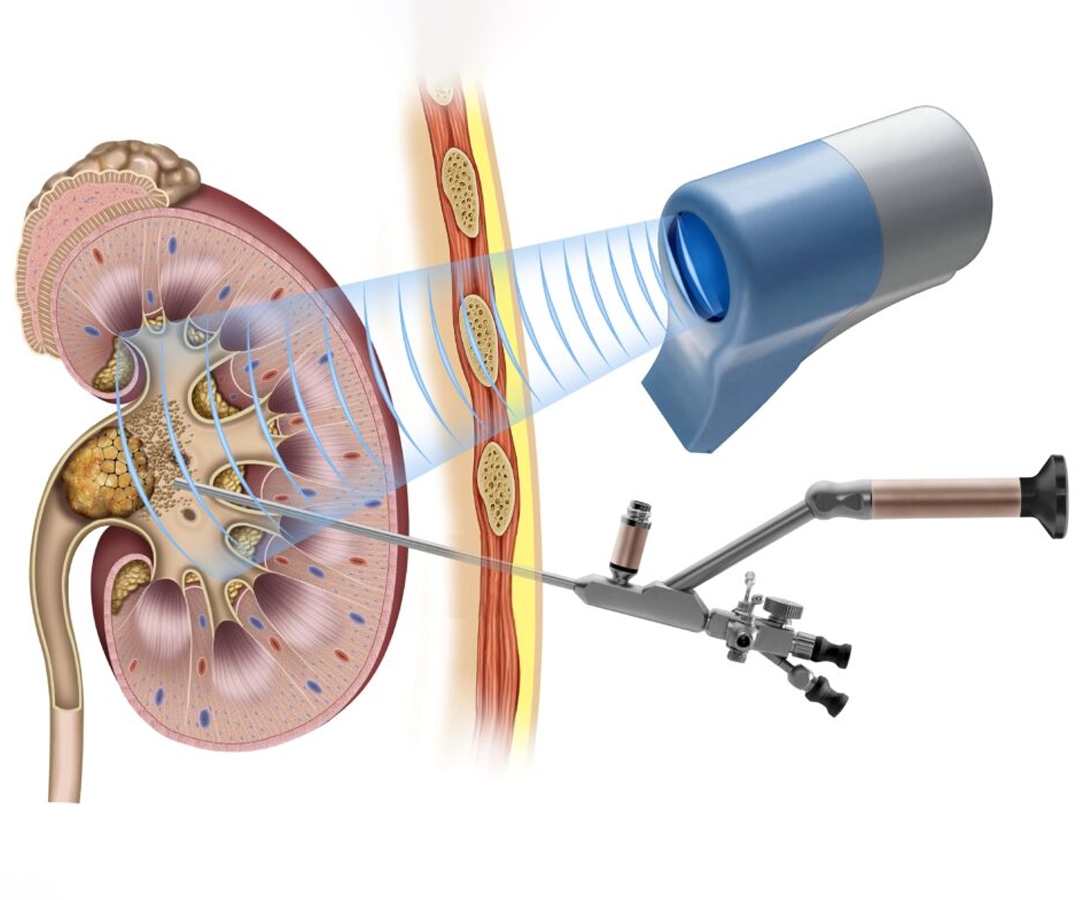What is lithotripsy?
It is common to develop stones in the kidneys, gallbladder, or ureters.
f stones do not pass, they can damage the kidneys and urinary tract. When medications do not help, a lithotripsy procedure can break the stones down into smaller pieces so that they can come out in the urine..
The two main types of lithotripsy are extracorporeal shock wave lithotripsy (ESWL) and laser lithotripsy. Laser lithotripsy is sometimes known as flexible ureteroscopy and laser lithotripsy (FURSL) because doctors use a tool called a ureteroscope.
Both procedures can help eliminate bothersome stones quickly and effectively. The type of treatment a doctor recommends will depend on a range of factors, such as the type of stones the person has and their overall health.

